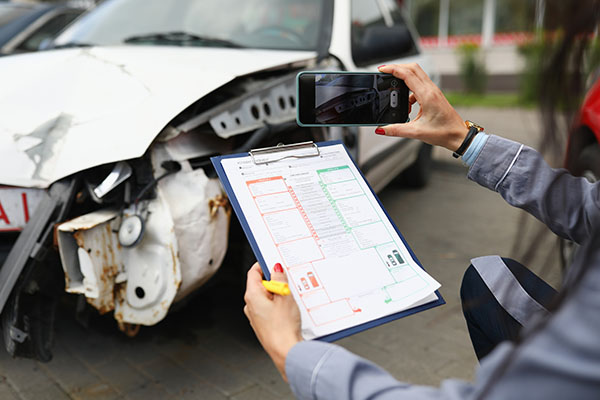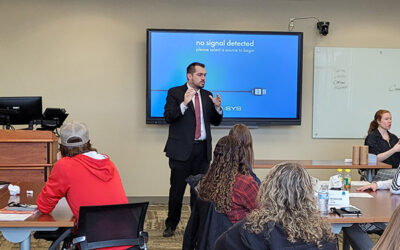Attorney Jason Sausser presented at the Teen Leadership Development Class for the Portage County Leadership Program. Attorney Sausser spoke about...

Whose Insurance Should Pay for Vehicle Repairs?

After an accident, a new or potential client will often ask me: “Who should handle my wrecked vehicle – my insurance company or the at-fault driver’s insurance company?” True-to-attorney form, I often respond, “it depends.”
Assuming both insurance companies have property damage coverage, there are pros and cons to each approach. Sometimes it comes down to what is most important at that time: speed and convenience or trying to maximize every possible dollar recovered.
Even though someone else was at fault for the accident, many people will go through their own insurance company for their damaged or totaled vehicle (assuming they have purchased Collision Coverage). Collison Coverage is no-fault coverage, i.e. coverage doesn’t depend on whether you or someone else caused the accident. For this reason your insurance company (ideally) will start processing the claim right away: paying for repairs, or if your car is a total loss, paying for the actual cash value of the vehicle (minus the deductible). If you have rental coverage, often limited to 30 days, your insurance company will handle that as well.
On the other hand, if you go through the at-fault insurance company for your damaged or wrecked car, there can be a delay in payment as the insurer will want to complete its liability investigation to make sure its insured was indeed responsible for the accident. You may have to wait for the liability insurer to speak with its insured, get police reports and maybe even require a statement from you, which can be fraught with risk. Also, there is the consideration that the at-fault insurance company is an adverse party that has no contractual relationship with you – it doesn’t have the obligation of good faith and fair dealing that you have with your own insurance company.
Given all these potential downsides, why go through the at-fault insurance company? In addition to not having to make a claim against your own insurance company and theoretically staving off any premium increase, you can potentially recover additional types of damages against the at-fault insurance company.
Even if properly repaired, people intrinsically know that a car that has been in an accident is not worth as much as the equivalent vehicle that has not been an accident. Against the at-fault insurance company, you can pursue a diminished value, or loss of value, claim that takes into consideration that even properly repaired vehicles have diminished value in the eyes of potential buyers. Next, rental coverage with your own insurance company is limited to the coverage in the policy (often 30 days), there is a claim for “loss of use,” against the at-fault insurance company that is for the reasonable period necessary to repair the vehicle or obtain a comparable permanent replacement if your vehicle is totaled. Wis. J.I. CIVIL 1800; Kim v. Am. Fam. Mut. Ins. Co., 176 Wis. 2d 890 (1993). So, if repairs take months, the at-fault insurance company is responsible for paying for a rental or providing you the equivalent value, and you are not limited to the day or dollar limit of your own insurance policy limits
Therefore, the decision of which insurance company to go through for vehicle damage when you are not at fault for the accident, is personal and situational dependent. It is one of many things that an experienced accident attorney can help you navigate following a crash.
If you have questions, or need help following an accident, please reach out to one of our experienced accident and personal injury attorneys.







